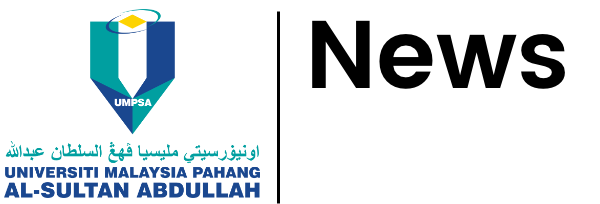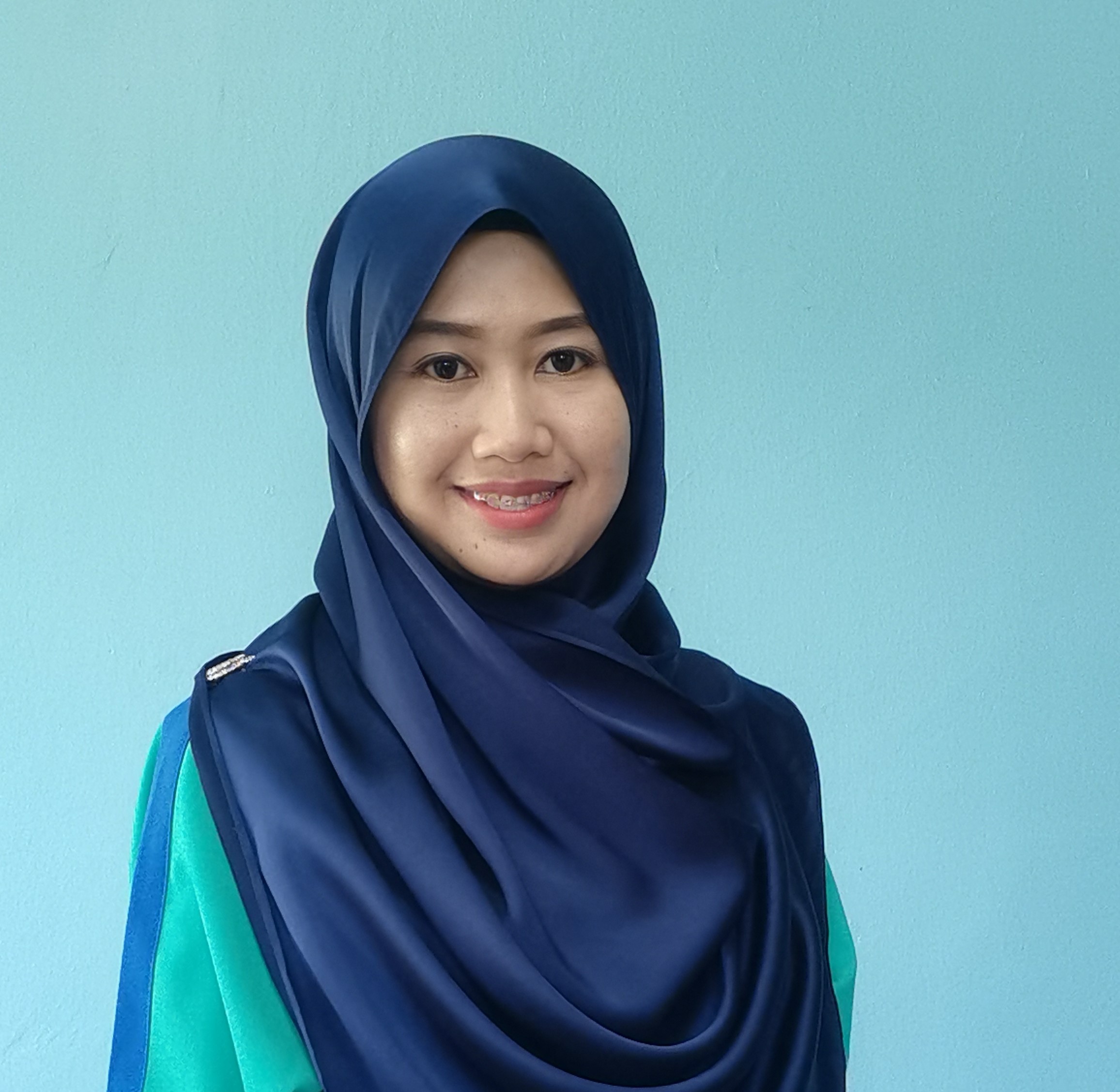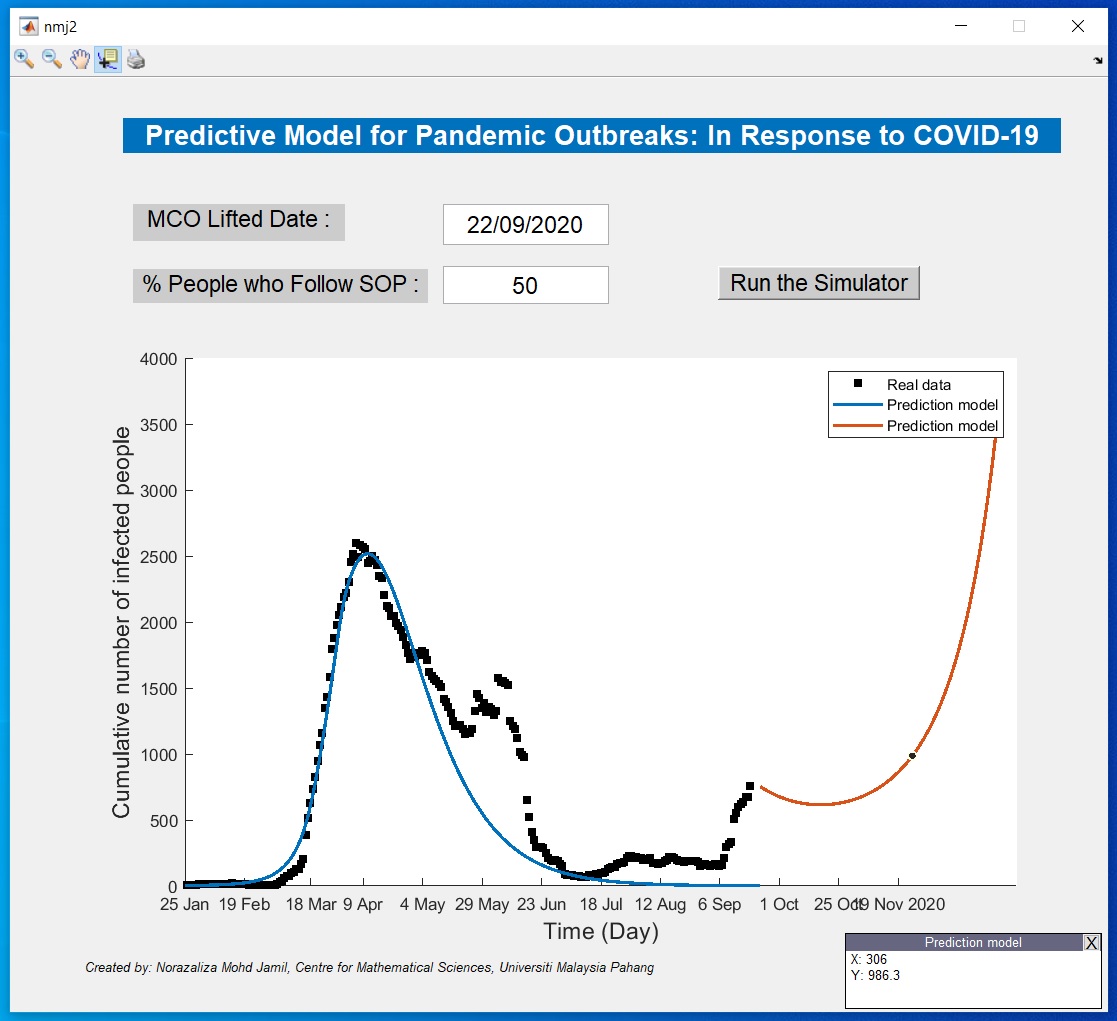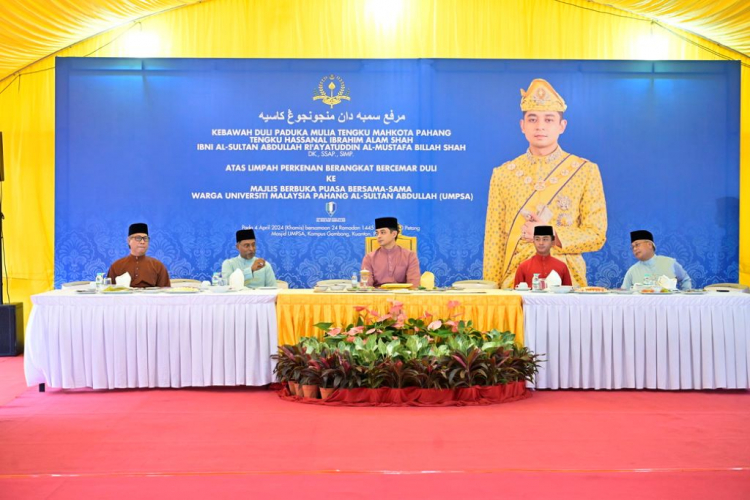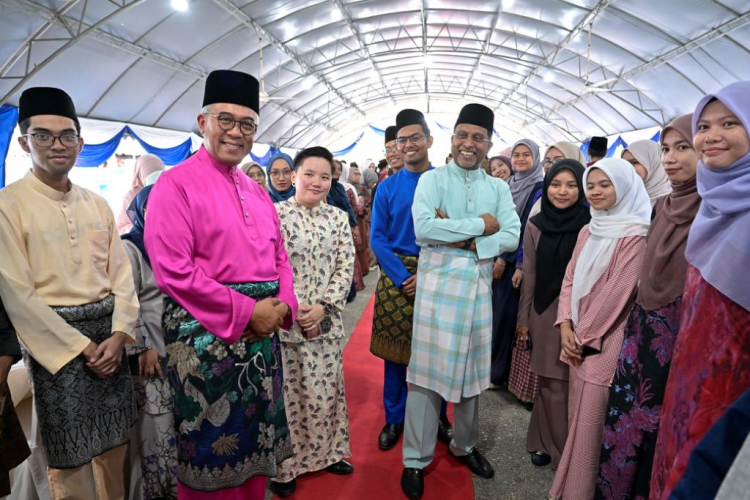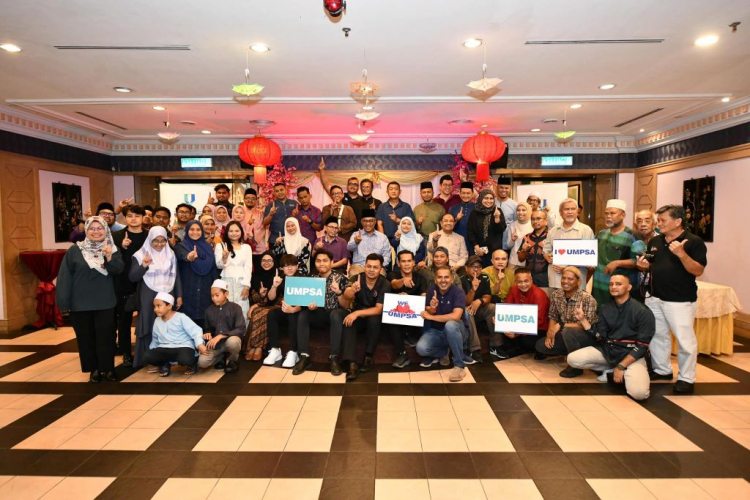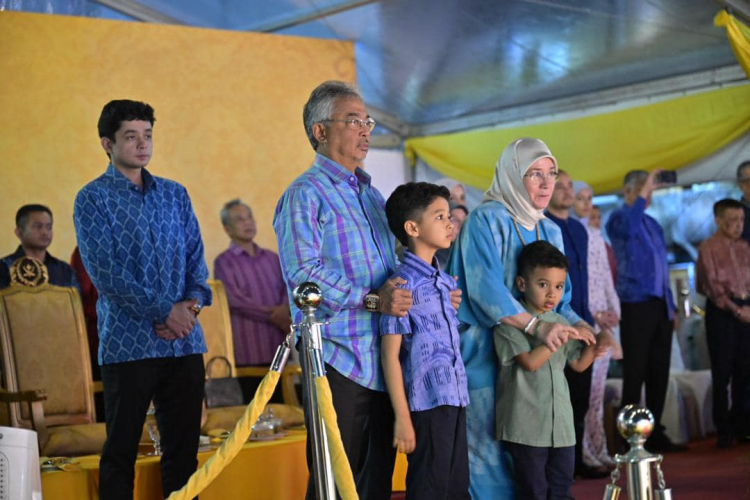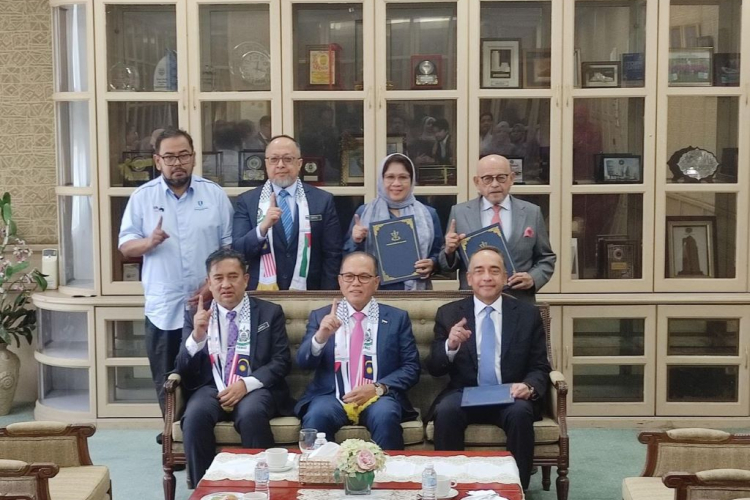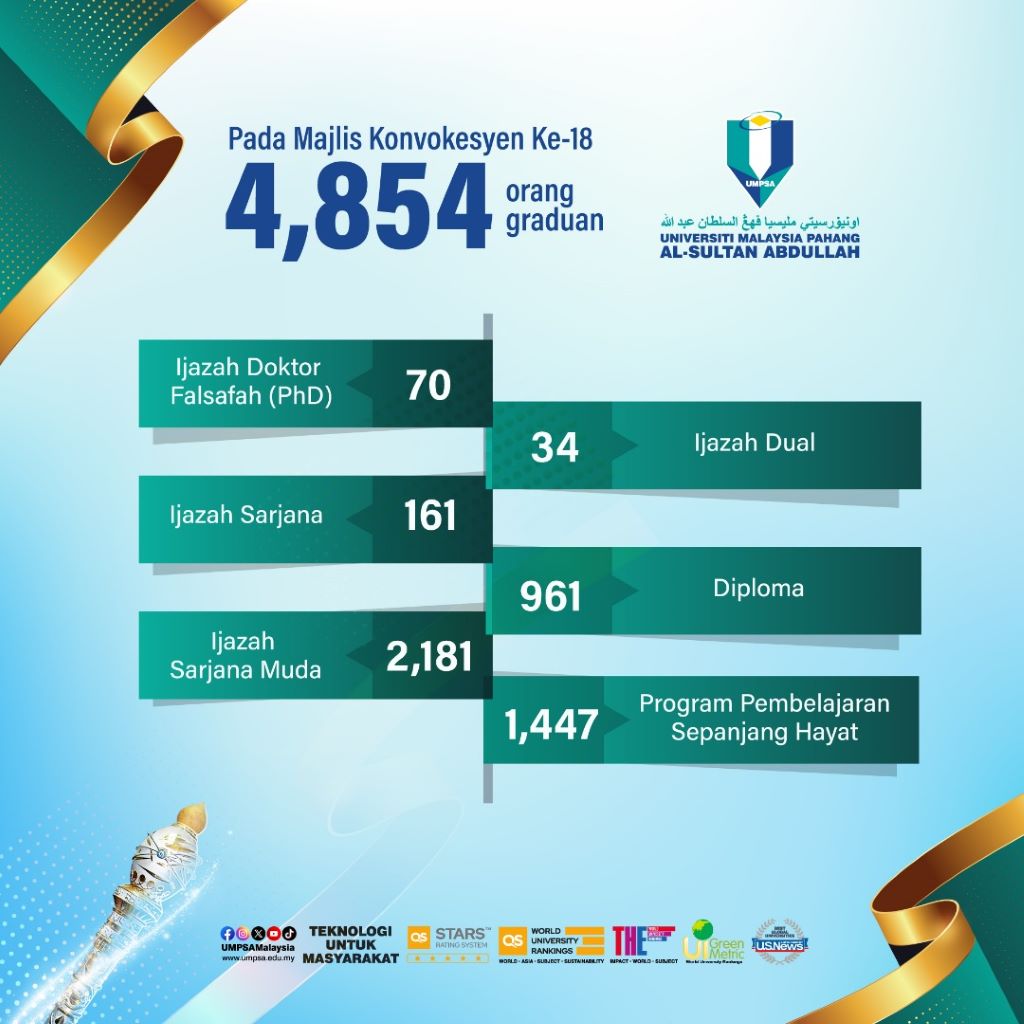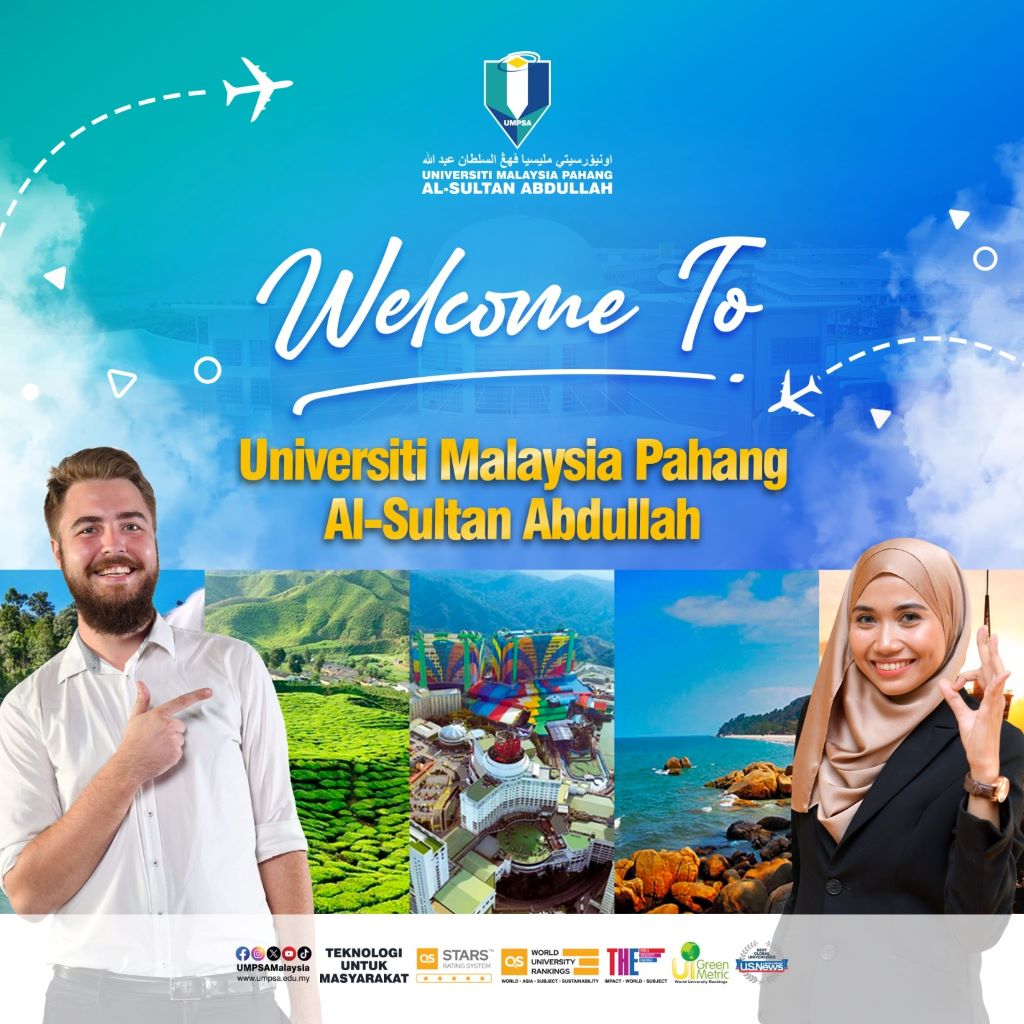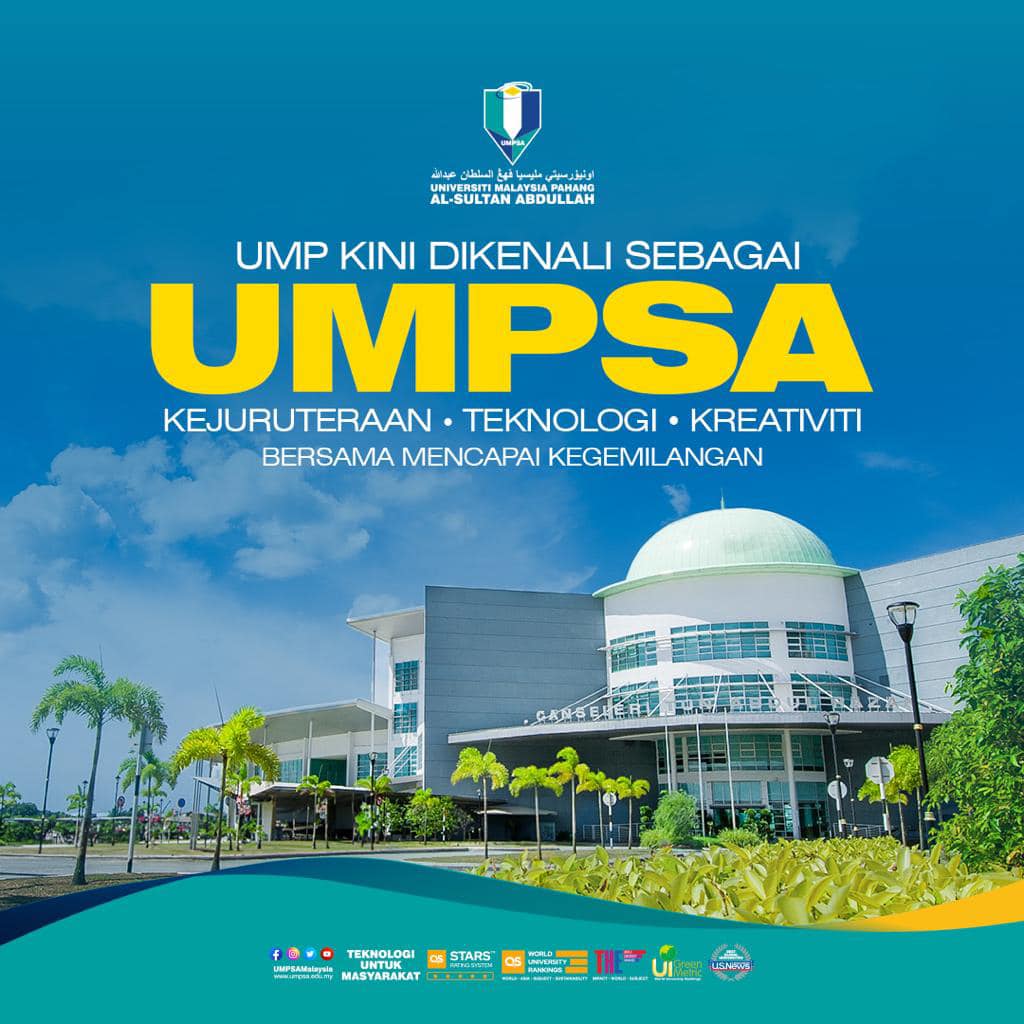Dr. Norazaliza develops mathematical forecast model for COVID-19
KUANTAN, 21 December 2020 - The world is facing a global COVID-19 pandemic.
To effectively combat this pandemic, a mathematical model is needed so that the trajectory of the epidemic can be analysed and described.
Various types of mathematical models have been developed by researchers around the world to predict the dynamics of COVID-19.
Since COVID-19 is a new pandemic and still continues to this day, the development of a pandemic outbreak prediction model is not easy.
Based on this situation, the lecturer of the Centre for Mathematical Sciences (PSM), Universiti Malaysia Pahang (UMP), Dr. Norazaliza Mohd Jamil has produced a prediction model for COVID-19 in the form of Graphical User Interface (GUI).
This research also involves other PSM lecturers, Associate Professor Dr. Norhayati Rosli and Dr. Noryanti Muhammad.
This model was developed to monitor the evolution and predict the cumulative number of positive COVID-19 cases in Malaysia.
According to Dr. Norazaliza, users will enter two input values on the screen display, namely the forecast end date of the Movement Control Order (MCO) and the percentage of Malaysians who follow the standard operating procedures (SOP) and practice 3W which is frequent handwashing with water and soap (wash), encouraged to wear face masks in public or if symptomatic, and warnings from the MOH that are more of a warning concept (warn).
“After pressing the ‘run the simulator’ button, the pandemic projection graph with the expected number of cases will appear on the screen display.
“The COVID-19 pandemic outbreak prediction model was built on the concept of susceptible-infected-recovered-recovered-dead (SIRD).
“The measures used by the government to control COVID-19 such as MCO, quarantine, social distancing, health system and treatment are formulated in this mathematical model,” she said.
She further explained that through the differential equation system, this mathematical equation was solved using the Runge-Kutta method and parameter fitting technique in MATLAB.
“The GUI makes the simulation more accessible to non-experts, especially users with minimal skills in programming and mathematics.
“The idea to produce this model sparked during the first phase of the MCO when all Malaysians were instructed to stay at home and practice social distancing.
“This research started in March 2020 and completed in September 2020.
“Isn’t it very interesting for us to know how mathematical models can be used to predict the appropriate and safe date to end MCO?” she asked.
She said the questions that are often asked by the community are, ‘What will happen to the country when the MCO is ended on a certain date?’
‘Will the pandemic be out of control?’
‘Can the health system handle a certain number of projections if there is a sudden surge during a certain period?’
“The objective of this research is to produce a better mathematical model for COVID-19 by simulating the effect of the MCO end dates and the percentage of Malaysians who comply with the rules,” she said.
According to Dr. Norazaliza, this model achieves satisfactory results by reflecting the actual COVID-19 data trajectory.
“This mathematical model is the best so far compared to other SIRD models because it produces the closest similarity between the model and the data for case studies in Malaysia.
“This model can be used as a guideline for policymakers to plan a way out of the COVID-19 problems.
“Another factor that needs to be taken into account to further improve the function of this model is location,” she said.
She said, in the future, the forecast model for COVID-19 should be focused in every state in Malaysia.
“Therefore, we hope to further improve this model so that we can predict the dynamics of COVID-19 by location (state),” she said.
This research has won a gold medal in the Malaysia Technology Expo (MTE) 2020 Special Edition - COVID-19 International Innovation Awards held virtually on 2 November 2020.
By: Nur Hartini Mohd Hatta, UMP Press
Translation by: Dr. Rozaimi Abu Samah, Engineering College/Faculty of Chemical and Process Engineering Technology
